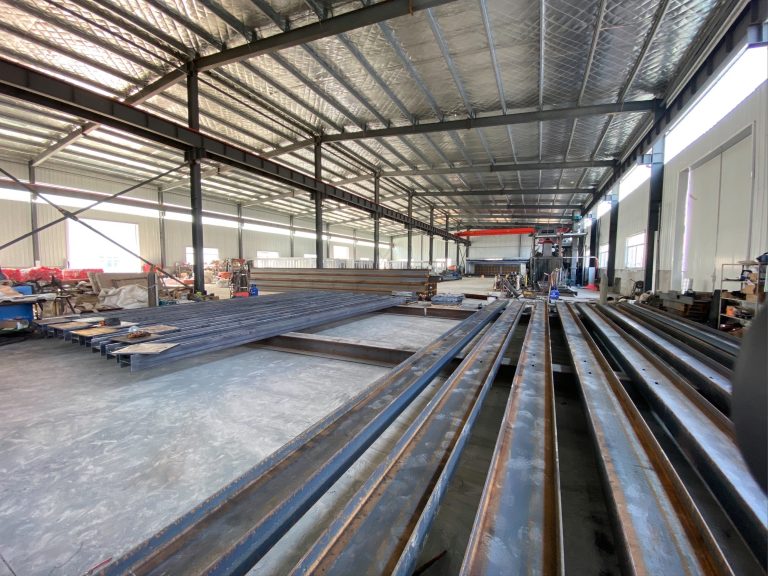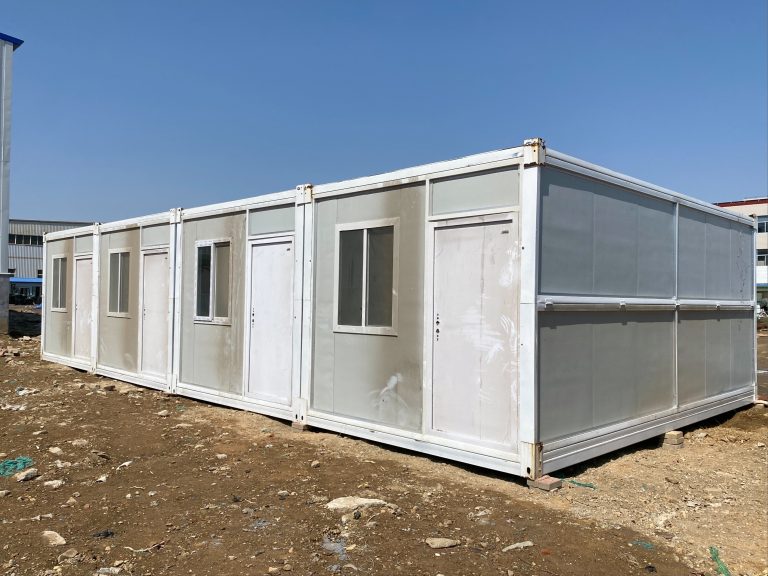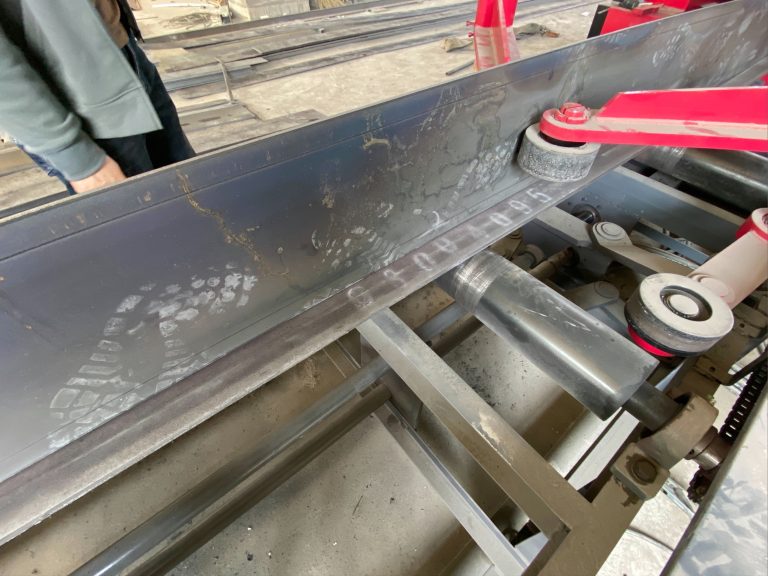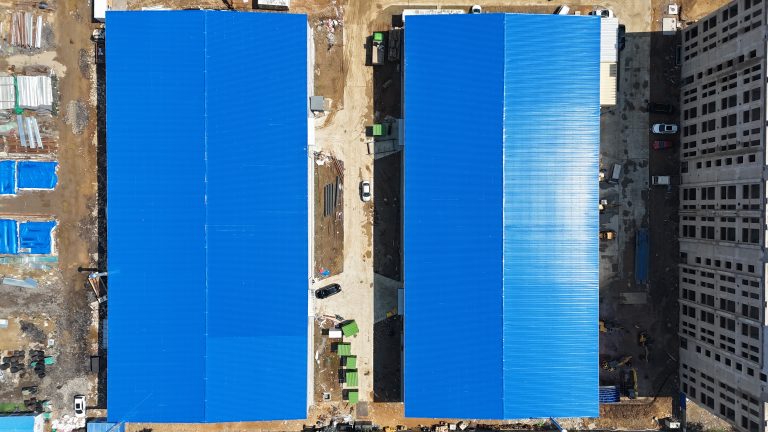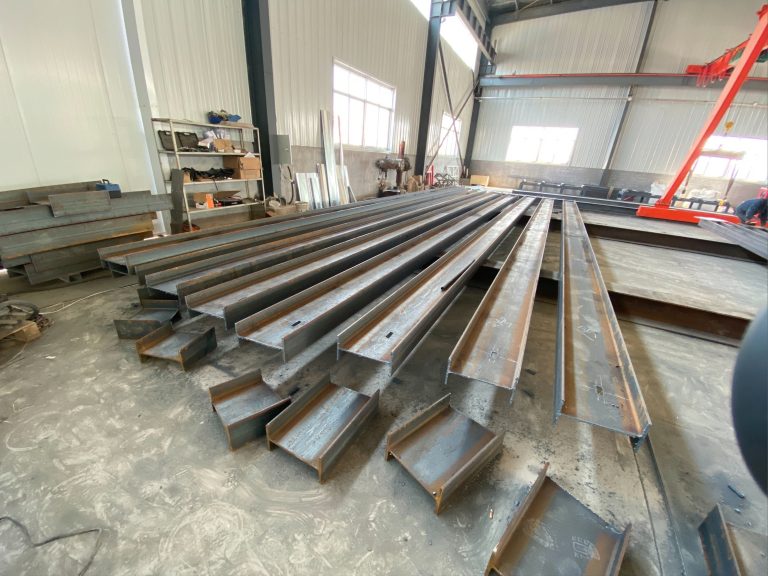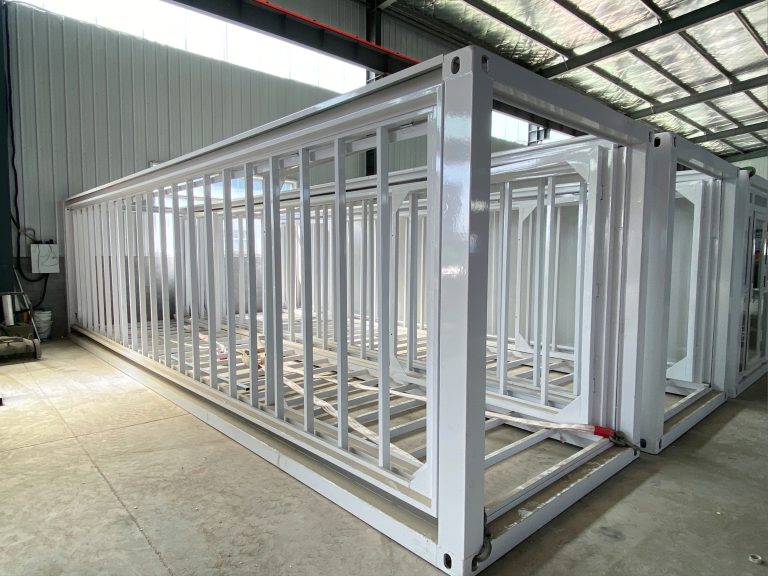The potential of the steel structure industry in the application of blockchain technology in the construction industry
Table of Contents
Advantages of Implementing Blockchain Technology in Steel Structure Industry
The steel structure industry plays a crucial role in the construction sector, providing the framework for buildings, bridges, and other infrastructure projects. With the advancement of technology, there is a growing interest in exploring how blockchain technology can be applied to enhance efficiency and transparency in the steel structure industry. Blockchain, a decentralized and secure digital ledger, has the potential to revolutionize the way transactions are recorded and verified in the construction industry.
One of the key advantages of implementing blockchain technology in the steel structure industry is increased transparency. By using blockchain, all transactions and data related to the production, transportation, and installation of steel structures can be securely recorded and stored in a tamper-proof manner. This transparency can help to prevent fraud and ensure that all parties involved in a project have access to accurate and up-to-date information.
Furthermore, blockchain technology can improve the traceability of steel materials used in construction projects. By recording the origin, quality, and specifications of steel materials on the blockchain, stakeholders can easily track the entire supply chain process. This can help to ensure that only high-quality materials are used in construction projects, leading to safer and more durable structures.
In addition to transparency and traceability, blockchain technology can also streamline the payment process in the steel structure industry. Smart contracts, self-executing contracts with the terms of the agreement directly written into code, can automate the payment process based on predefined conditions. This can help to reduce disputes and delays in payments, improving cash flow for all parties involved in a project.
Another advantage of implementing blockchain technology in the steel structure industry is enhanced security. The decentralized nature of blockchain ensures that data is stored across multiple nodes, making it difficult for hackers to manipulate or corrupt information. This can help to protect sensitive data related to steel structures, such as design plans, specifications, and financial transactions, from cyber attacks.
Moreover, blockchain technology can facilitate collaboration and communication among stakeholders in the steel structure industry. By providing a secure and transparent platform for sharing information, blockchain can help to streamline project management processes and improve decision-making. This can lead to more efficient and cost-effective construction projects.
Overall, the potential of blockchain technology in the steel structure industry is vast. By enhancing transparency, traceability, payment processes, security, and collaboration, blockchain can revolutionize the way steel structures are designed, fabricated, and installed. As the construction industry continues to embrace digital transformation, the adoption of blockchain technology in the steel structure industry is poised to drive innovation and efficiency in the sector. It is clear that blockchain technology has the potential to reshape the future of the steel structure industry, making it more transparent, secure, and collaborative.
How Blockchain Technology Can Revolutionize Construction Processes in the Steel Structure Industry
The construction industry is constantly evolving, with new technologies and innovations being introduced to improve efficiency, safety, and sustainability. One such technology that has the potential to revolutionize the construction processes in the steel structure industry is blockchain technology. Blockchain technology is a decentralized, distributed ledger system that securely records transactions across a network of computers. It has gained popularity in various industries for its ability to provide transparency, security, and efficiency in transactions. In the construction industry, blockchain technology can be used to streamline processes, reduce costs, and improve collaboration among stakeholders.
One of the key benefits of blockchain technology in the construction industry is its ability to provide transparency and traceability in transactions. By using blockchain technology, all transactions related to the construction process, such as material purchases, payments, and project milestones, can be securely recorded and tracked in real-time. This transparency can help prevent disputes, fraud, and delays in construction projects, as all stakeholders have access to the same information. Additionally, blockchain technology can provide a secure and tamper-proof record of all transactions, which can be useful for auditing and compliance purposes.
Another benefit of blockchain technology in the steel structure industry is its potential to improve supply chain management. The steel structure industry relies on a complex network of suppliers, manufacturers, contractors, and subcontractors to deliver materials and services for construction projects. By using blockchain technology, all parties involved in the supply chain can have access to a shared ledger that records the movement of materials, payments, and project updates. This can help streamline communication, reduce errors, and improve coordination among stakeholders, ultimately leading to faster and more efficient construction processes.
Furthermore, blockchain technology can also enhance the efficiency of project management in the steel structure industry. Construction projects often involve multiple parties working together to complete a project on time and within budget. By using blockchain technology, project managers can track the progress of each task, monitor resource allocation, and communicate with stakeholders in real-time. This can help identify potential bottlenecks, allocate resources more effectively, and make informed decisions to keep the project on track. Additionally, blockchain technology can facilitate the use of smart contracts, which are self-executing contracts with the terms of the agreement directly written into code. Smart contracts can automate payments, enforce deadlines, and reduce the need for intermediaries, saving time and reducing costs in construction projects.

In conclusion, blockchain technology has the potential to revolutionize the construction processes in the steel structure industry by providing transparency, traceability, and efficiency in transactions. By leveraging blockchain technology, stakeholders in the construction industry can improve supply chain management, enhance project management, and reduce costs. As the construction industry continues to embrace digital transformation, blockchain technology will play a crucial role in shaping the future of construction processes. It is essential for companies in the steel structure industry to explore the potential of blockchain technology and incorporate it into their operations to stay competitive in the rapidly evolving construction industry.

